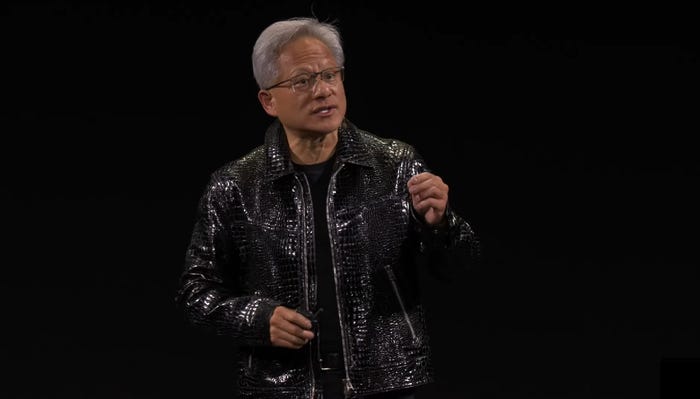
Connects decision-makers and solutions creators to what's next in quantum computing
Advanced Mathematical Tool Created for Quantum ComputersAdvanced Mathematical Tool Created for Quantum Computers
Algorithm enables quantum technology to optimize manufacturing operations

Quantum software company Multiverse Computing has published research that it says proves current “noisy” quantum computers with limited numbers of qubits and limited error correction can be used to do complex mathematical calculations efficiently using a new algorithm.
The algorithm effectively turns a quantum computer into a mathematical tool that can run the kinds of complex calculations scientists often use. Applications include calculating derivatives, partial differential equations and Fourier analysis, which identifies patterns in data. These types of calculations currently require specialized software to complete.
“Our research shows that we can transform today’s Noisy Intermediate-Scale Quantum devices into advanced quantum-based ‘calculators’ that are able to do very complex calculations with very few qubits and limited error correction and provide value now,” said Multiverse cofounder and chief scientific officer Román Orús.
“These simulations are at least comparable to the best classical computers today and will only improve as quantum computing performance increases.”
The algorithm enables calculations based on “continuous variables” which can be any value between the lowest and highest points of measurement. Real-life examples of these include temperature, humidity, air pressure and other constantly changing conditions meaning the algorithm could be used, for example, to optimize manufacturing operations.
While Multiverse’s algorithm was designed to run on programmable quantum computers, the researchers tested it on a simulator.
“We will still be able to use these types of algorithms once we have fault-tolerant computers,” Orús said. “Quantum computers with more qubits and advanced error correction will only increase the accuracy, quality and speed of the solution.”
About the Author
You May Also Like
.png?width=100&auto=webp&quality=80&disable=upscale)
.png?width=400&auto=webp&quality=80&disable=upscale)




